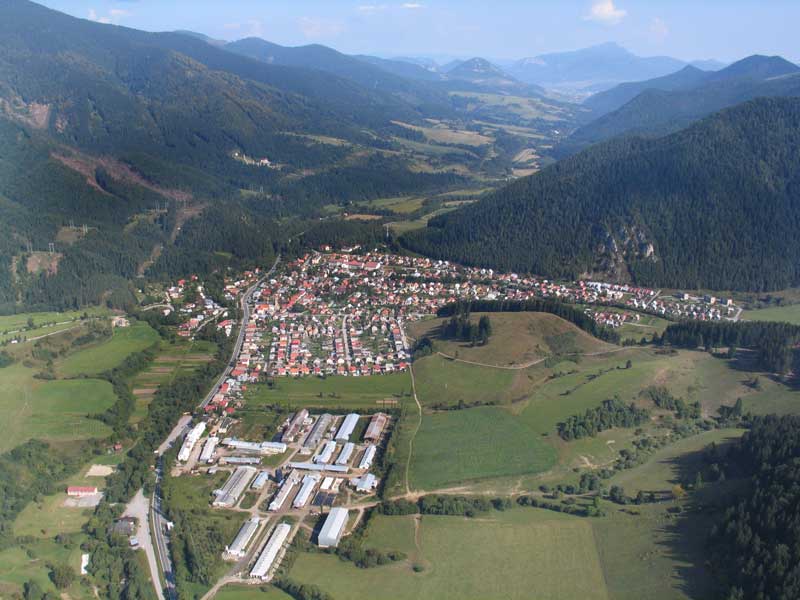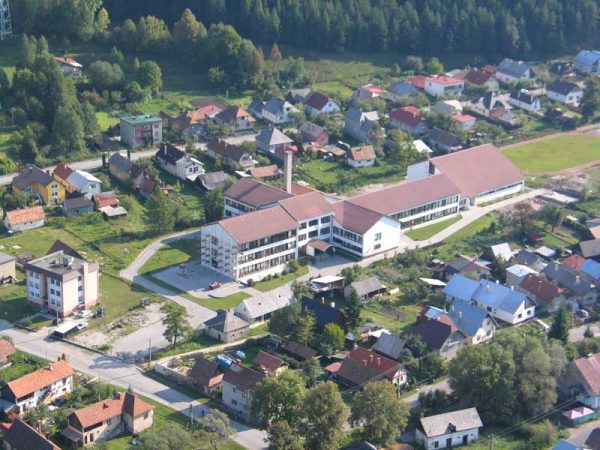The history of the village is known from the times of Great Moravia. The settlement of the area in the historical period after the fall of the Great Moravian Empire and the end of the mission of St. Cyril and Methodius were tied to the Christianization of the territory by the Benedictines. The Benedictines created a system of hermitages (crematories) throughout Slovakia along the main roads in remote places. Eremitories were created in almost inaccessible places. One of them in this locality was also the hermitage in the middle of the Revúcka valley, at the confluence of the rivers Lúžňanka, Korytnička and Revúčanka. The village of Liptovská Osada gradually developed from this Benedictine hermitage, which was established at the turn of the 11th and 12th centuries. The first written mention of the village dates from 1288. Another written mention of the territory of today’s Liptovská Osada is in a document of Charles I from 1340, which extended the privileges granted to Ružomberok in 1318. Logging and mountain farming have long seasonally populated the area of Liptovská Osada. Since the middle of the 16th century, forestry has dominated here – it is intensive use of the richness of wood raw material by the Banská Bystrica Royal Chamber and the mountain farming of the Likava estate or of the town of Ružomberok. The inhabitants subsisted on agriculture and forestry. In addition to working in the field, the women worked in weaving, embroidering clothes and filature.
In the middle of the 17th century, a large colonization action took place here, when the owners of the Likava estate founded Nová Osada. At that time, the settlement belonged to Ružomberok in terms of the church. She remained there until 1752, when she became independent with the Revúce and Lúžna branches. In the year of the establishment of an independent parish, there was also build a new wooden church of St. John the Baptist, that was shortly afterwards replaced by the new brick church with the same patronage.
The village has become an important transport hub. In the 18th century, a permanent post office of the southern route was established in the settlement, and after 1813 a stagecoach transport was added to it. At the end of the 19th century, due to the lack of land and livelihoods, emigration began to spread to Canada, the USA and Western Europe.
In 1908, the narrow-gauge railway Ružomberok – Liptovská Osada – Korytnica was built, which enabled the inhabitants to take advantage of job opportunities in Ružomberok. This railway also provided freight transport, where it replaced the transport of timber by water via Revúca river. The railway operated until 1974 when it was abolished.



Please describe your experience